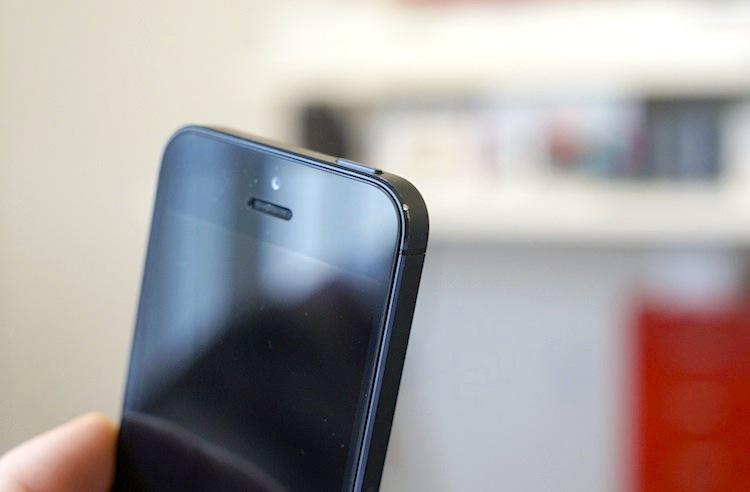
Phones are generally only made of a few different materials: silicon, plastic, glass and some metal. From time to time, there are anomalies like this Bamboo phone, for instance. But if you make the rounds at your carrier store, you will see that most phones bear a ton of plastic on their chassis.
These days, the face of almost every smartphone is a giant slab of glass. Glass was initially a concern, as glass screens shattered with relative ease compared to their more resilient and flexible plastic predecessors that rested atop resistive touch panels. And glass still shatters more than we would care to admit, but it's growing more durable by the year.
Gorilla Glass 3 was unveiled just before CES kick-started last week. It touts 40 percent increase in scratch resistance and a 50 percent increase in "retained strength after a flaw occurs," says our mobile hound, Alex. That said, phones equipped with Gorilla Glass 3 are hardly indestructible.
All it takes is missing the pocket once, or a trip-n-throw, to experience your phone shatter in dreadfully-slow motion.
For a device that resides in either your hand, purse or pocket virtually every hour of every day for months or years on end, resilience is everything. Some vulnerabilities are unavoidable, inevitable. But no one wants a phone that scuffs and scratches within days.
Personally, I've had few issues with glass.
To date, I have not shattered a single phone or display. (Knock on wood.) The back of my iPhone 4S suffered a million micro-scratches on the back, but that's because I carried it for at least six months without a case and probably tossed it around to carelessly. Scratches, in this case, were acceptable and mostly expected. I put the phone through its paces and wasn't overly careful. The fact that it never shattered – even after six waist-high drops to tile floors and concrete – was amazing.
Yet when it was discovered Apple would move away from glass on the back of the iPhone in its latest model, along with everyone else, I rejoiced. This time around, Apple used anodized aluminum. And all was well in the world … or so I thought.
But I have owned the iPhone since launch day, September 21, 2012. From day one, I have carried the iPhone 5 in a case. For some time, I carried it in a leather pull-tab pouch with a protective skin on the phone. Yet not even four months in, my iPhone is showing terrible signs of wear. In fact, it came pre-scratched. The length of the four outer edges are bare, showing a metallic glint where the soft lambskin pouch removed the outermost layer. And all the outer corners are beginning to show the metallic underneath, too.
I explained last month that all it took to gash the top right corner was a quick, seemingly harmless six-inch drop from my car seat to the rubber floor mat. (I still can't figure out how that actually happened.) And my friend's DROID Incredible 2 was mangled after a small drop, too.
As much as I complain about plastic as a smartphone building material, it only took a few days with the Galaxy Note II to understand why Samsung continues to use it. And it only took a day with the DROID DNA to realize HTC still has a way of producing compelling hardware. Exposed metal is very minimal, used only in trim. The rest of the phone is Gorilla Glass 2 and a high-quality, rubberized plastic.
I don't feel afraid to carry the Galaxy Note II or DROID DNA without a case. And after three months of use, the Galaxy Note II has suffered no visible blemishes. And I find it hard to believe the DROID DNA will suffer too much damage during my 30-day trial period.
HTC made a phone with anodized aluminum and received negative feedback due to the finish easily wearing off. Apple has also received negative feedback for its seemingly non-permanent finish, too. So can we move past anodized aluminum already?
Personally, I'd like to see more polycarbonate phones, such as the One X or Lumia devices. And the rubberized material HTC has used for years now has always been a favorite.
Where do you stand, folks? Do you mind the scratching and scuffing of anodized aluminum that happens with little to no effort? Or do you prefer other materials that are much more resilient to scratches?